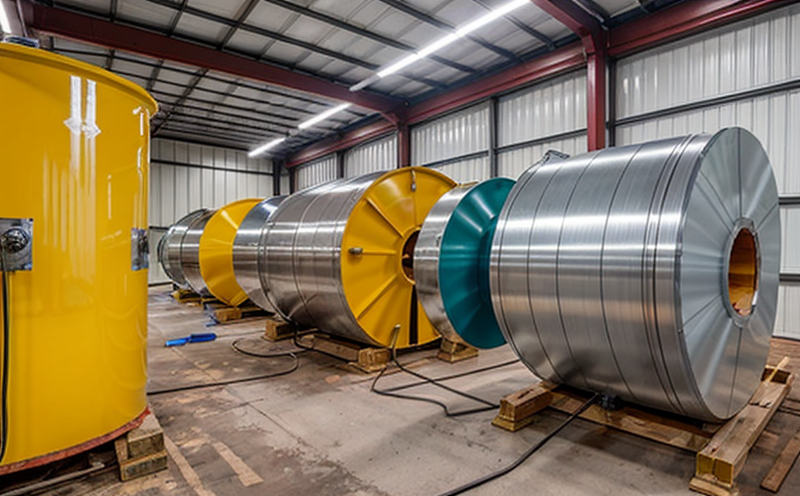ASTM D714 Blister Resistance Evaluation of Paints
The ASTM D714 test method evaluates the blister resistance of paints, coatings, and other surface treatments. This critical assessment is pivotal in determining a product's durability against moisture ingress, which can lead to structural damage over time. In marine environments, where water exposure is constant, this evaluation ensures that protective barriers remain intact under harsh conditions.
The test involves exposing specimens to humidity and temperature cycling followed by immersion in distilled water for extended periods. Specimens are then visually inspected for the presence of blisters or other defects. The ASTM D714 method provides a standardized approach to ensure consistent results across various testing facilities, thereby enhancing reliability and comparability.
For quality managers and compliance officers, this test is essential in ensuring that products meet regulatory standards and industry expectations. Compliance with international standards such as ISO 23986 or ASTM D714 guarantees consistency in product performance, which is particularly crucial for marine equipment where the integrity of protective coatings directly impacts operational safety.
R&D engineers benefit from this testing by gaining insights into the behavior of different paint formulations under controlled conditions. This information can be invaluable when selecting materials and optimizing formulations to achieve optimal durability and resistance against environmental factors like salt spray, humidity, and temperature fluctuations.
From a procurement perspective, ASTM D714 provides a benchmark for evaluating suppliers' products. By ensuring that all purchased paints meet the stringent standards set by this test method, organizations can minimize risks associated with substandard materials, thereby enhancing overall product reliability and performance.
Why It Matters
The integrity of protective coatings in marine equipment is paramount to operational safety and longevity. Moisture ingress through blisters or other defects can lead to corrosion, which weakens structural components over time. ASTM D714 provides a reliable means of assessing the resistance of paints against such degradation.
For quality managers, this test ensures that products meet stringent industry standards, thereby enhancing product reliability and trustworthiness among end-users. Compliance with international standards like ISO 23986 or ASTM D714 is crucial for maintaining a competitive edge in the market.
Compliance officers can use these results to verify adherence to regulatory requirements, ensuring that products are safe for their intended marine applications. This not only protects the company's reputation but also ensures legal compliance, reducing potential liabilities.
R&D engineers rely on ASTM D714 test data to refine and improve formulations, leading to more robust coatings that can withstand extreme conditions. This continuous improvement cycle is essential in the highly competitive marine equipment sector where innovation drives success.
Industry Applications
| Application | Description |
|---|---|
| Marine Vessels | Evaluating coatings used in the hull and superstructure for resistance against salt water. |
| Ocean Structures | Determining the durability of protective coatings on offshore platforms and other maritime structures. |
| Yachts & Boats | Ensuring that paints used in boat hulls prevent water penetration into wood substrates. |
| Rigging Equipment | Assessing the protective coatings on rigging to ensure they can withstand harsh weather conditions. |
| Fishing Vessels | Evaluating paint systems for fishing boats that are exposed to salt water and other marine elements. |
| Shipyard Facilities | Determining the performance of coatings used in shipyards to protect from environmental factors during construction. |
The ASTM D714 method is widely used across various sectors where protective coatings play a critical role. Its application ensures that marine equipment remains operational and safe under challenging conditions, thereby extending the life cycle of these assets.
Customer Impact and Satisfaction
By adhering to ASTM D714 standards, customers can expect products with enhanced durability and reliability, which is particularly important in marine environments. This ensures that equipment remains operational for extended periods without requiring costly repairs or replacements.
Quality managers benefit from consistent test results, enabling them to make informed decisions about product selection and quality assurance processes. Compliance officers gain confidence knowing their products meet regulatory requirements, reducing the risk of non-compliance penalties.
R&D engineers can use the insights gained from ASTM D714 testing to innovate and develop more robust coatings that exceed industry expectations. This continuous improvement cycle enhances customer satisfaction by delivering superior performance and reliability.





